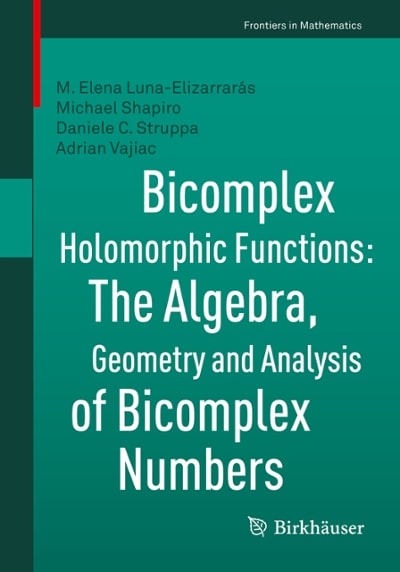Problems 7,13,19,25,31,37,43,49,55,61
3.6 SECTION EXERCISES VERBAL 1. Describe a use for the Remainder Theorem. 2. Explain why the Rational Zero Theorem does not guarantee finding zeros of a polynomial function. 3. What is the difference between rational and real 4. If Descartes' Rule of Signs reveals a no change zeros? of signs or one sign of changes, what specific conclusion can be drawn? 5. If synthetic division reveals a zero, why should we try that value again as a possible solution? ALGEBRAIC For the following exercises, use the Remainder Theorem to find the remainder. 6. (x4 - 9x2 + 14) : (x -2) 7. (3x3 - 2x2 + x - 4) : (x+3) 8. (x' + 5x3 - 4x - 17) : (x+ 1) 9. (-3x2 + 6x + 24) + (x-4) 10. (5x5 - 4x' + 3x3 - 2x2 + x - 1) : (x+6) 11. (x' - 1 ) : (x - 4) 12. (3x3 + 4x2 - 8x + 2) : (x -3) 13. (4x3 + 5x2 - 2x + 7) + (x+ 2) For the following exercises, use the Factor Theorem to find all real zeros for the given polynomial function and one factor. 14. f(x) = 2x3 - 9x2 + 13x - 6; x - 1 15. f(x) = 2x' + x2 - 5x + 2;x+2 16. f(x) = 3x'+ x- 20x+ 12;x+3 17. f(x) = 2x' + 3x + x+6; x+2 18. f(x) = -5x3 + 16x2 -9; x -3 19. x3 + 3x2 + 4x + 12; x+3 20. 4x3 - 7x + 3; x - 1 21. 2x3 + 5x2 - 12x - 30, 2x + 5 For the following exercises, use the Rational Zero Theorem to find all real zeros. 22. x3 - 3x2 - 10x + 24 = 0 23. 2x3 + 7x2 - 10x - 24 = 0 24. x3 + 2x2 - 9x - 18 = 0 25. x3 + 5x2 - 16x - 80= 0 26. x3 - 3x2 - 25x + 75 = 0 27. 2x3 - 3x2 - 32x - 15 = 0 28. 2x3 + x2 - 7x - 6=0 29. 2x3 - 3x2 - x+ 1=0 30. 3x3 - x2 - 11x - 6=0 31. 2x3 - 5x2 + 9x - 9 =0 32. 2x3 - 3x2 + 4x + 3= 0 33. x" - 2x3 - 7x2 + 8x + 12= 0 34. X' + 2x3 - 9x2 - 2x + 8=0 35. 4x* + 4x3 - 25x2 - x+6=0 36. 2x4 - 3x3 - 15x2 + 32x - 12 = 0 37. x' + 2x3 - 4x2 - 10x- 5=0 38. 4x3 - 3x + 1 = 0 39. 8x* + 26x3 + 39x2 + 26x + 6 For the following exercises, find all complex solutions (real and non-real). 40. x'+ x+x+1=0 41. x3 - 8x2 + 25x - 26 = 0 42. x3 + 13x2 + 57x + 85 = 0 43. 3x3 - 4x2 + 11x + 10= 0 44. x"+ 2x3 + 22x2+ 50x- 75=0 45. 2x3 - 3x2 + 32x + 17 = 0 GRAPHICAL For the following exercises, use Descartes' Rule to determine the possible number of positive and negative solutions. Then graph to confirm which of those possibilities is the actual combination. 46. f(x) = x -1 47. f(x) = 24 - x-1 48. f(x) = x - 2x2 - 5x + 6 49. f(x) = x - 2x+ x-1 50. f(x) = x+ 2x' -12x2 + 14x - 5 51. f(x) =2x' + 37x2+ 200x + 300







